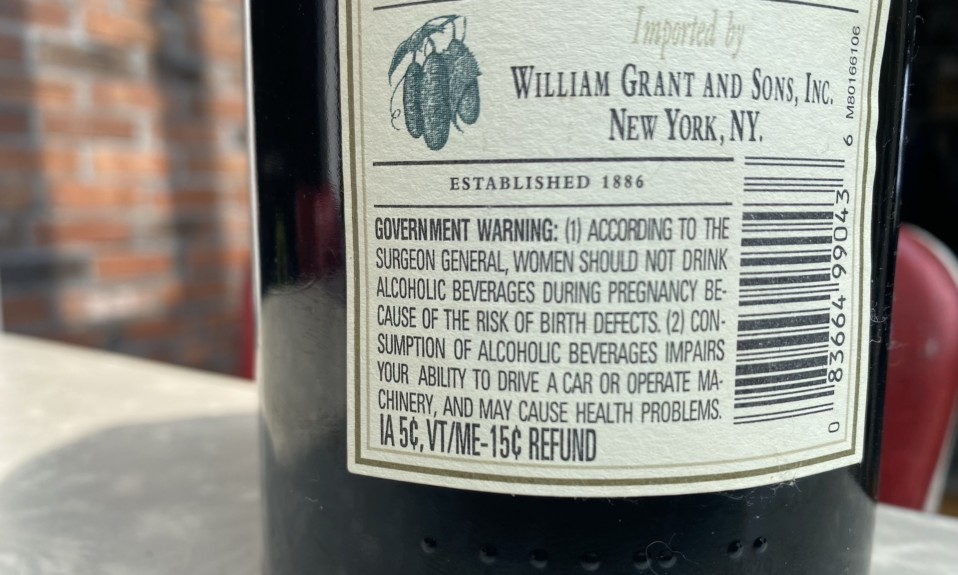Since its landmark passage in 2016, CARA has paid at least some dividends in the Mountain State
By Jason Langendorf
September 2, 2020West Virginia has taken its share of hits over the years.
Despite its breathtaking landscapes—soaring peaks, pitched valleys and rolling hills of green—the state is sometimes dismissed as flyover country. Its rich anthropological history and status as a key stronghold in the Civil War—West Virginia was the only state in the Union to split from a Confederate State—are often overshadowed by a cratering job market, economic straits, and desperation caused by widespread substance abuse.
Yet West Virginia, along with numerous other sparsely populated states and rural communities across the country that are facing similar challenges, was afforded a measure of relief with the Comprehensive Addiction Recovery Act (CARA). Signed into law July 22, 2016, by President Barack Obama, CARA created federal grants to be used toward education, research and direct funding ($181 million annually) intended to aggressively target the nation’s growing malignancy associated with opioids, heroin and methamphetamines.
Hailed in the moment as “the first major federal addiction legislation in 40 years” and a legitimate bipartisan victory, CARA sought to expand the reach of caregivers and fill the cracks in the existing system, specifically addressing the needs of rural communities. Yet even the best-intentioned government measures often have unintended consequences or simply fall short. Four years after CARA’s enactment, it’s worth taking a closer look to see whether (and how) it’s working.
Ground Zero for Opioid Epidemic
Frequently referred to as ground zero for America’s opioid epidemic, West Virginia has recently had a light shined on its plight in documentary, film and book form, including a careful detailing of the massive-scale corporate-pharmaceutical corruption in Eric Eyre’s Death in Mud Lick. Already bracing against poverty, isolation and high injury rates in the mining and logging industries (and, thus, an outsized demand for painkilling drugs), communities in the Mountain State were then flooded with opioids, essentially setting a match to dry tinder.
“We’ve had massive quantities of pills available in our community,” says Christina Mullins, commissioner for the West Virginia Department of Health and Human Resources Bureau for Behavioral Health. “And as a result, we have a very serious problem with addiction in West Virginia and the highest death rate in the nation.”
Legislation Beginning to Drive Change
But in the relatively short period since the passage of CARA, Mullins has witnessed some dramatic effects across coal country—encouraging outcomes that, as data suggests, the legislation is beginning to drive throughout many rural areas nationwide. A relaxing of regulations and an increase in training and resources that allow first responders the ability to administer naloxone (a drug effective in countering an opioid overdose) is saving lives that previously might have been lost in transit to a faraway treatment facility. One senior official with the Substance Abuse and Mental Health Services Administration (SAMHSA) who spoke to Treatment Magazine for this story pointed to the importance of CARA provisions such as those focusing on pregnant and postpartum women, including the expansion of treatment to residential-care options.
“Isolation can be a huge factor in contributing to successful treatment. We want people to be connected to their communities and rural communities … And then there’s increased stigma related to the disease in rural communities, particularly as it relates to medication-assisted treatment.”—Christina Mullins, commissioner, West Virginia Department of Health and Human Resources Bureau for Behavioral Health
The education component of CARA is especially important for rural areas, Mullins says. In close-knit communities, where it can be difficult to stop by the grocery store or bank without running into a familiar face, concerns about the judgment an individual might face for visiting an addiction treatment clinic has traditionally been a considerable hurdle.
“For example, a rural community that I’m not going to name was interested in putting needed extra space in to deliver their medication-assisted treatment program,” says Mullins. “And when the local town found out what the community was going to use that vacant space for, it kind of got the community in an uproar and a protest. They had to have a lot of community meetings to iron that out and resolve it, and ended up compromising on where that service could be located. So you can point out, smaller communities really know everything about everybody, and you have to be real. You have to be more sensitive to that.”
For West Virginia and other rural communities, this new attention—combined with the initial successes of CARA—has paved the way for additional action. The intensified focus of experts and government officials on the swift delivery of treatment to all at-need individuals has led to a redoubling, and in some cases redirection, of efforts.
Expansion of Buprenorphine Treatment
In 2017, an expansion of the federal waiver program for prescription of buprenorphine (the FDA-approved medication-assisted treatment for treating opioid use disorder) significantly boosted access to care. (From 2016 to 2019, capacity in rural areas more than doubled the number of clinicians licensed to prescribe buprenorphine.)
In 2019 the U.S. Department of Health and Human Services (HHS) announced funding of more than $1.8 billion for states to address opioid treatment and prevention services. The initial successes of CARA have fueled an ongoing public and bipartisan legislative movement that is helping connect rural communities such as those in West Virginia to critical care.
“The funding that has resulted from CARA has enabled us to take an impoverished state like West Virginia and actually be able to fund what it needed, and not just piecemeal and puzzle-piece things together,” Mullins says.
“And for the first time, we actually saw a decrease in overdose. That’s for 2018 or 2019. That data is not available yet. But we’ve been very encouraged with what we’ve been able to accomplish in West Virginia as a result of some of the things that were in that piece of legislation.”














